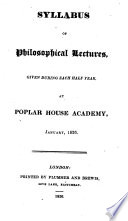 | Poplar House Academy - 1826 - 100 pages
...necessary, to the same denomination, and the third to the lowest denomination mentioned in it. Then, multiply the second and third terms together, and...product by the first, and the quotient will be the answer, in the same denomination that the third term was reduced to ; which must be brought again,... | |
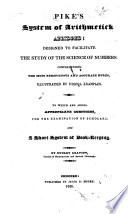 | Nicolas Pike, Dudley Leavitt - Arithmetic - 1826 - 214 pages
...kind, the first term ; and that which is of the same name or kind with the answer, the second term. 2. Multiply the second and third terms together, and divide the product by the first term, and the quotient will be the fourth term, or answer. The notes under the general rule are applicable... | |
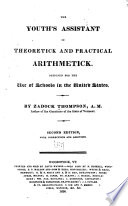 | Zadock Thompson - Arithmetic - 1826 - 176 pages
...the same kind, the first term, and that which is of the same kind as the answer, the second term. 2.f Multiply the second and third terms together, and divide the product by the first, the quotient will be the answer. EXAMPLE. — If 8lb. of sugar cost $1.00, what will 401b-. of sugar... | |
 | Daniel Parker - Arithmetic - 1828 - 358 pages
...terms. 4. If the third be composed of several denominations, reduce it to the lowest one named. 5. Then multiply the second and third terms together, and...the first, and the quotient will be the fourth term, or the answer sought ; and it will also be of the same denomination as that to which the third term... | |
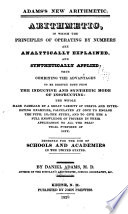 | Daniel Adams - Arithmetic - 1828 - 286 pages
...the two remaining numbers for the second term, and the greater for the first; and, in either case, multiply the second and third terms together, and divide the product by the first for the answer, whieh will always be of the same denomination as the third term. Note 1. If the first... | |
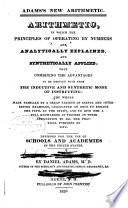 | Daniel Adams - Arithmetic - 1828 - 266 pages
...the two remaining numbers for the second term, and the greater for the first ; and, in either case, multiply the second and third terms together, and divide the product by the first for the answer, which will always be of the same denomination M the third term. Abfe 1. If the first... | |
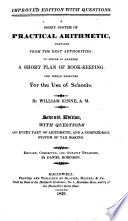 | William Kinne - 1829 - 246 pages
...'numbers in the third place, and the other in the first. Multiply the second and third terms together, divide the product by the first, and the quotient will be the answer. NOTE 1. — 1t is sometimes most convenient to multiply and divide as in Compound Multiplication... | |
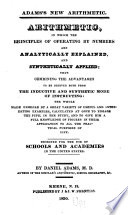 | Daniel Adams - Arithmetic - 1830 - 294 pages
...the two remaining numbers for the second term, and the greater for the first ; and, in either case, multiply the second and third terms together, and divide the product by the first for the answer, which will always be of the same denomination M the third term. Note 1. If the first... | |
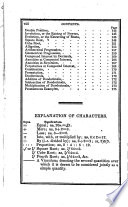 | Thomas Tucker Smiley - 1830 - 188 pages
...second terms to She same denomination, and to the lowest denomination mentioned in either of them. 3. Multiply the second and third terms together, and divide the product by the .first term ; the result will be the fourth term, or answer, in the same denomination to which the third term... | |
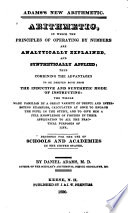 | Daniel Adams - Arithmetic - 1830 - 280 pages
...the two remaining numbers for the second term, and the greater for the first ; and, in either case, multiply the second and third terms together, and divide the product by the first for the answer, which will always be of the same denomination M the third term. Note 1. If the first... | |
| |